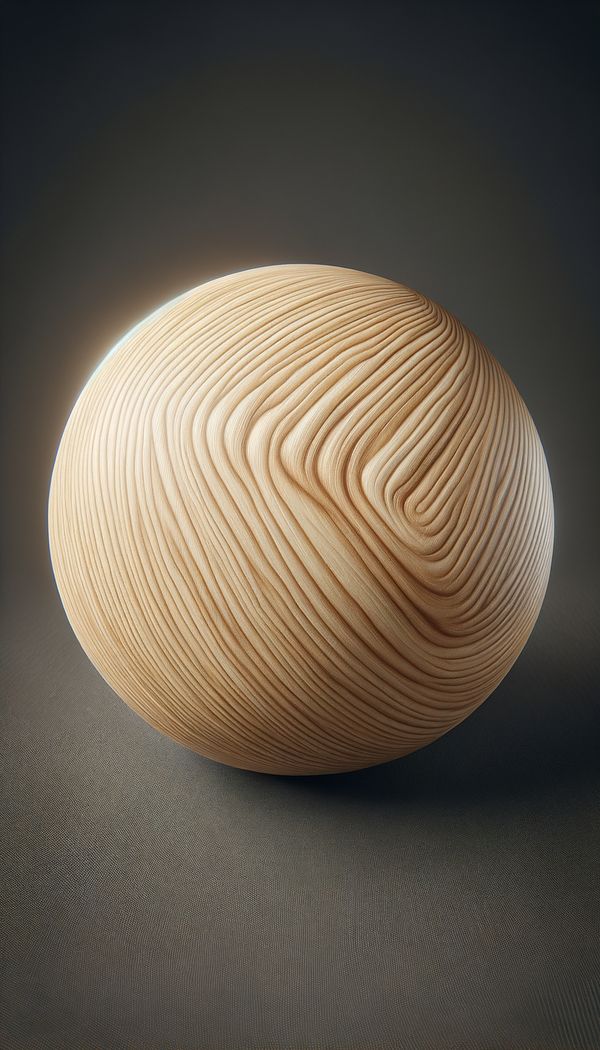What is a Pickled Finish?
A pickled finish is a treatment applied to wood that lightens its color and enhances its grain.
Description
A pickled finish, often referred to as whitewashing or liming, is a decorative treatment for wood that involves applying a white or light paint-like material into the wood's grain. This technique allows the natural wood grain to show through while significantly lightening the wood's overall appearance, giving it a soft, washed-out look. The process usually involves cleaning the wood, sanding it to open the grain, and then applying the pickling solution. Once the solution dries, it may be sealed with a clear coat for protection.
This technique is particularly popular in interiors aiming for a rustic, coastal, or Scandi-inspired design style. By lightening the wood, a pickled finish can make a space feel brighter and more airy. It is most commonly used on hardwoods such as oak, ash, or pine, which have a pronounced grain pattern that is beautifully enhanced by the pickling process. Over the years, this finish has also made its mark in the restoration of antique furniture, where it’s employed to update the item while highlighting its original charm.
Usage
Pickled finishes are often seen on hardwood floors, wall paneling, kitchen cabinets, and furniture pieces in homes that embody a rustic or coastal aesthetic. This finish method is also frequently used in the restoration of vintage furniture, allowing the character of the piece to shine through while giving it a fresh, contemporary look.
FAQs
-
Can a pickled finish be applied to any type of wood?
A pickled finish is most effective on woods with a pronounced grain, such as oak, ash, or pine. It is less effective on woods with a finer grain, as the main appeal of the finish is to highlight and lighten the wood's natural grain pattern.
-
How do you maintain a pickled wood finish?
Maintaining a pickled wood finish involves regular dusting and cleaning with a damp cloth. Avoid using harsh chemicals or abrasive cleaners. It may also be necessary to reapply a sealer over time to protect the finish from wear and tear.
-
Is a pickled finish the same as painting wood?
No, a pickled finish is not the same as painting wood. While painting covers and obscures the wood grain, pickling lightens the wood while allowing the grain pattern to remain visible. It creates a more translucent and natural look compared to painted wood.
Practical Application
For DIY enthusiasts interested in applying a pickled finish, start by cleaning the wood surface and sanding it to open the grain. Apply the pickling solution evenly with a brush, working it into the grain. Wipe off excess and allow it to dry before sealing with a clear coat for protection. Experimenting on a small area or a piece of scrap wood first can help you achieve the desired effect before tackling larger projects.
-
Furniture Types599 articles
-
Decorative Techniques322 articles
-
Materials & Textiles360 articles
-
Wall Treatments & Finishes157 articles
-
TextileTextile refers to any material made from interlocking fibers.
-
Coil CountCoil count refers to the number of coils used in the construction of a mattress.
-
AcroteriumAn acroterium is an ornamental pedestal or statue located at the apex or corners of a building's roof.
-
Wellington ChestA tall, narrow chest of drawers, often featuring a locking mechanism.
-
CeramicCeramic refers to objects made from clay that have been shaped and then hardened by heat.
